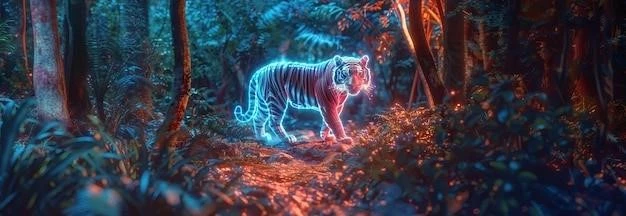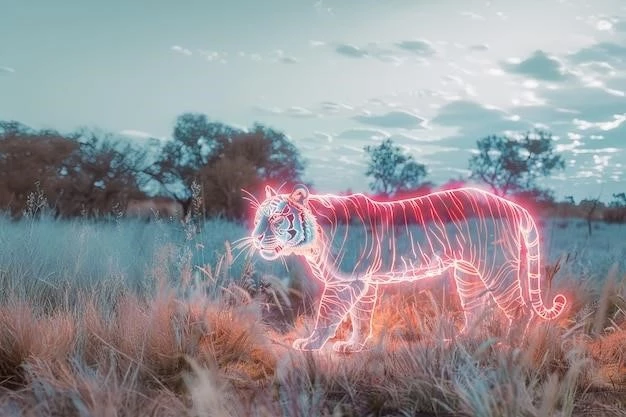The Symphony of the Wild: Exploring Animal Soundscapes
The world is a symphony‚ a vibrant tapestry woven from countless threads of sound. We humans are often so engrossed in the cacophony of our own creation that we fail to appreciate the delicate and intricate melodies of nature. But step into the wilderness‚ and you’ll discover a world of sound that transcends the boundaries of human comprehension. It’s a world where the chirping of crickets blends with the croaking of frogs‚ where the rustle of leaves harmonizes with the howling of wolves‚ and where the gentle murmur of a stream whispers secrets to the wind.
I recently embarked on a journey to explore these animal soundscapes‚ armed with a pair of headphones and an insatiable curiosity. My first stop was the dense‚ emerald forest of Redwood National Park. As I stood amidst the towering giants‚ the air was thick with the chirping of birds. I could distinguish the melodic trill of a California Scrub Jay‚ the distinctive call of a Downy Woodpecker‚ and the gentle cooing of a Mourning Dove. The sounds were so vivid‚ so alive‚ that it felt as though the trees themselves were humming with a secret language.
Next‚ I ventured to the vast grasslands of Yellowstone National Park‚ where the symphony of the wild was even more dramatic. Here‚ the air was filled with the guttural bellows of elk‚ the piercing shrieks of hawks‚ and the distant rumble of a bison herd. The sounds were both powerful and unsettling‚ a constant reminder of the raw power that lies at the heart of nature.
As I continued my journey‚ I discovered that each animal soundscape had its own unique character. The crashing waves of the Pacific Ocean provided a rhythmic backdrop for the haunting calls of seabirds‚ while the stillness of the desert was punctuated by the mournful cries of coyotes. The sounds of the wild were not merely a collection of individual noises but rather a complex tapestry of interconnected sounds‚ each playing a vital role in the ecosystem.
My exploration of animal soundscapes taught me more than just the beauty of nature. It taught me the importance of listening‚ of paying attention to the subtle nuances of the world around us. It taught me that even in the most chaotic of environments‚ there is a harmony‚ a balance that we can only appreciate by opening our ears and our hearts.

The Language of Sound
Animals use sound for a variety of reasons‚ from communication and mating to navigation and defense. The calls of a wolf pack can be used to coordinate hunts‚ while the chirping of a cricket can attract a mate. The drumming of a woodpecker can be used to signal territory‚ while the screech of a hawk can warn other birds of danger.
I learned that the sounds of nature are not just random noises but rather a complex language‚ a system of communication that has evolved over millions of years. This language is often subtle and nuanced‚ requiring careful observation and interpretation to decipher its meaning.
The Power of Listening
Our modern world is filled with noise pollution‚ a constant barrage of sounds that can drown out the quieter‚ more subtle sounds of nature. However‚ by consciously making an effort to listen‚ we can begin to appreciate the beauty and complexity of animal soundscapes.
I encourage you to find a quiet spot in nature‚ put on a pair of headphones‚ and simply listen. You might be surprised at the sounds you hear‚ the stories they tell‚ and the connections you make with the world around you.

Conclusion
The symphony of the wild is a testament to the interconnectedness of life on Earth. It is a reminder that we are part of something larger than ourselves‚ a web of life that is constantly evolving and changing. By listening to the sounds of nature‚ we can gain a deeper appreciation for the beauty and complexity of our planet.










